the big idea
nanoparticles
the big idea
nanoparticles
01

Nano = one-billionth
Nanometer = one-billionth of a meter
Sheet of paper = ~100,000 nanometers thick
Nanoparticle = between 1–100 nanometers in diameter
02
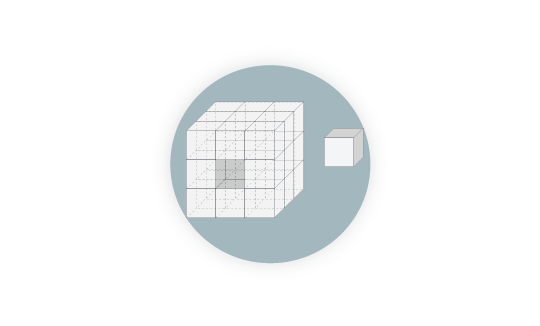
Nano-scale particles have unusual properties, including an increased ratio of surface area to volume. Scientists take advantage of these properties and the unique ways nanoparticles interact with other materials.
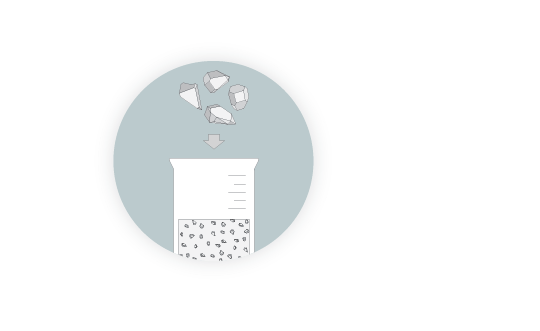
03
For example, niclosamide, a drug with potential to treat cancer and a broad spectrum of viruses, including coronavirus, has a tough, crystalline structure. This makes it difficult to dissolve, and in turn, difficult for the body to absorb.
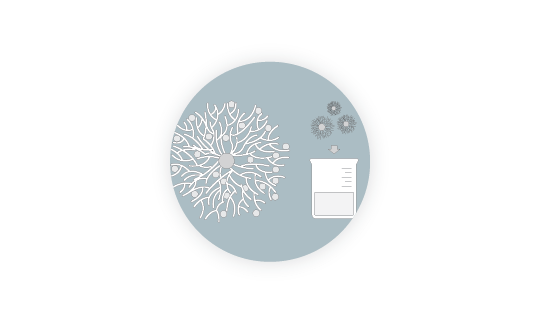
04
OHPP, a nanoparticle derived from U.S.-grown corn, was developed by Yuan Yao, professor of food science, and his collaborators. It can form hydrogen bonds with niclosamide, making the drug up to 5,000 times more soluble.
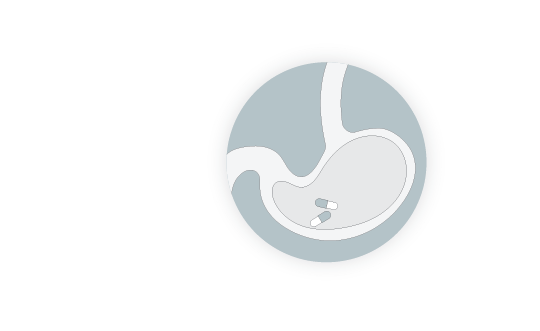
05
Making niclosamide more soluble makes it more bioavailable, which would allow the drug to be released through an oral formulation like a capsule or tablet.

01
Nano = one-billionth
Nanometer = one-billionth of a meter
Sheet of paper = ~100,000 nanometers thick
Nanoparticle = between 1–100 nanometers in diameter

02
Nano-scale particles have unusual properties, including an increased ratio of surface area to volume. Scientists take advantage of these properties and the unique ways nanoparticles interact with other materials.
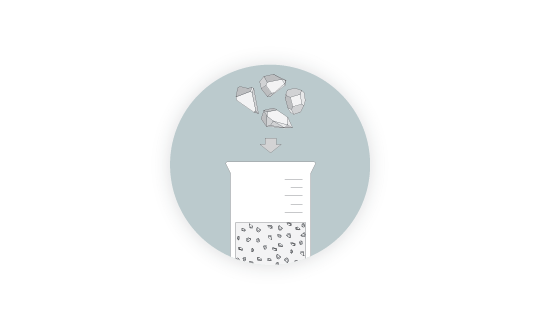
03
For example, niclosamide, a drug with potential to treat cancer and a broad spectrum of viruses, including coronavirus, has a tough, crystalline structure. This makes it difficult to dissolve, and in turn, difficult for the body to absorb.
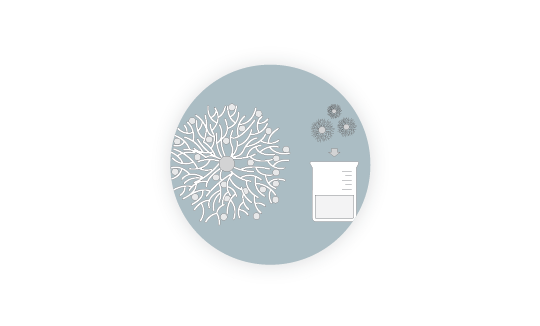
04
OHPP, a nanoparticle derived from U.S.-grown corn, was developed by Yuan Yao, professor of food science, and his collaborators. It can form hydrogen bonds with niclosamide, making the drug up to 5,000 times more soluble.
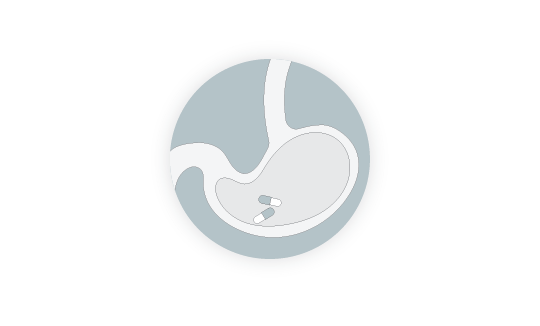
05
Making niclosamide more soluble makes it more bioavailable, which would allow the drug to be released through an oral formulation like a capsule or tablet.
OTHER NANOTECHNOLOGY USES

more portable electronic systems, better screens

efficient batteries and energy-conducting materials

cleaner water and oil spill cleanup

packaging that prevents spoilage and contamination

advanced glass films and lightweight materials
Purdue Agriculture, 615 Mitch Daniels Blvd, West Lafayette, IN 47907-2053 USA, (765) 494-8392
© 2025 The Trustees of Purdue University | An Equal Access/Equal Opportunity University | USDA non-discrimination statement | Integrity Statement | Copyright Complaints | Maintained by Agricultural Communications
Trouble with this page? Disability-related accessibility issue? Please contact us at ag-web-team@purdue.edu so we can help.
